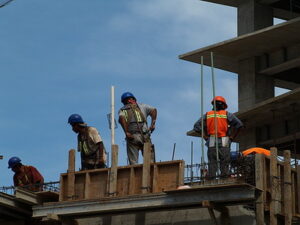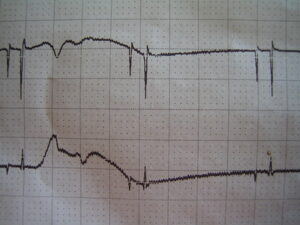I ran across an interesting term a writer used to describe the circumstances of colleges and universities today: an educational recession. I don’t know whether the term is fair or not because higher education’s fortunes are not exactly cyclical. They’re also not driven by a wild and complex interaction of dependent and independent factors. I would argue that higher education’s current problems are pretty much a mess of its own making.
Enrollment in higher education institutions has been declining for years. Most colleges and universities hit their enrollment peaks during or in the years adjacent to the Great Recession. Certain universities – the “Ivies” and highly selective private institutions and some public flagship universities – hit their peak enrollment every year, or whenever they want to raise their income. For the most part, however, higher education’s best years may be behind it.
The term “educational recession” is interesting. Recessions always end, but I am not sure that without a lot of innovation, higher education as we know it today can recover. The current generation of college-age students are pretty much dead-set against taking on student loans to pay for higher education. Without loans or some wicked financial planning, higher education isn’t affordable by the target market: 18-24 year olds with little money and no major employment potential in the absence of a post-secondary degree.
Four years is a long time to invest in education, in part because education is so darned expensive. Four-year universities have little interest in shortening their academic programs, even if it means improving their enrollment. Most education institutions – regardless of the credentials they offer – haven’t spent any time seriously reconsidering their organization.
Educational recession is really a lack of value in degrees
They spend lavishly on technology but often fail to reap its benefits, which are mostly efficiencies of the process, labor, and administrative kind. In the hands of gifted higher education administrators, technology has somehow raised the cost of college degrees by nearly five times the rate of inflation.
Relentless construction on college campuses and the proliferation of higher education executives also share some responsibility. Administrators have convinced themselves that the real budget-killers are the full-time faculty members who draw students into the institutions.
Would-be students have stopped enrolling because there is a disconnect between the Big Picture cost of a post-secondary degree and its earning potential. While relentlessly raising the cost of a college degree, the administrators have forgotten to add more value. The result is not so much that the cost has increased by 5 times the rate of inflation, but rather that the value of a degree is 20% of what it once was. It’s less of an educational recession than it is higher-education’s version of shrinkflation.
People need to recover the cost of their investment in a college degree. They must be able to realize that return within a relatively short period of time. So, all the unnecessary buildings, and the 12 Vice Presidents, and the President who draws out $400,000 in salary, benefits, bonuses, a housing allowance, a car, and other incentives every year make it very hard for people to realize the return on their investments of time and money when they can only make $35,000 per year with their degree.
Add value to degree programs, and college and university classrooms will fill. Continue to “extract value” by doing things that raise the cost of attendance indiscriminately, and post-secondary institutions will fall like dominoes.
Photo Credit: Bro. Jeffrey Pioquinto, SJ, via Flickr























